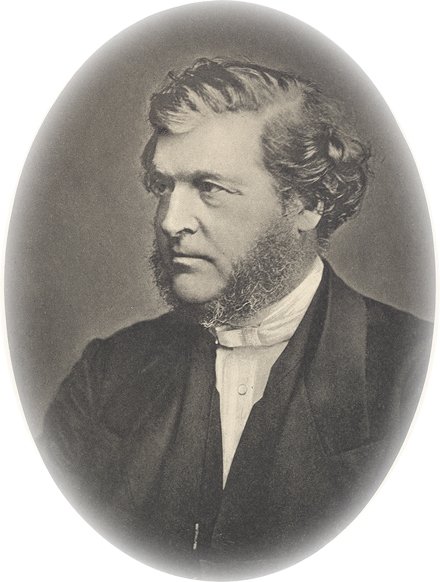Baphomet and the Pentagram: By Dr. Barton
As the resident symbologist here, I think that this subject (since Sir Richard brought up the name of Baphomet again) needs to be dealt with. Dr. Langdon waxes eloquent about both Baphomet and the Pentagram with all the assurance of a man who hasn't researched the area properly. I have, and the results are most interesting.
The idea that Baphomet was a non-Christian god dates from 1818, when Von Hammer, a German anti-masonic writer, said that he was a Gnostic deity. Von Hammer didn't understand Gnosticism any more than Dr. Langdon does, but that's that.
The figure of Baphomet that appears in Dr. Langdon's book, however, is the invention of Eliphas Levi (real name Alphonse Louis Constant, 1810-1875), an apostate Roman Catholic priest who, having trained at Saint Sulpice, later abandoned the Church for a career as an occultist. Levi wrote a fantastical book about Baphomet, introducing the figure of the seated goat-demon. He introduced also the idea of the two pentagrams, the good (point upwards) and the evil (point downwards). In fact, Levi was a prolific inventor of symbols. Levi thus linked the Templar with his own occultic beliefs.
However, as I have discovered during my career, 19th Century Freemasons, Occultists and Romantics freely invented symbolism and legends. Levi's Baphomet seems to be a case in point; it springs from out of the brain of the apostate priest, not from the pages of history.
Unless you really want to believe that Mohammed was a goat-demon, of course, and that that is the true reason why images of the Prophet are forbidden.
Note: That last paragraph is a JOKE. Please do not send death-threats to my address, but to Dr. Langdon's. He started it.
The idea that Baphomet was a non-Christian god dates from 1818, when Von Hammer, a German anti-masonic writer, said that he was a Gnostic deity. Von Hammer didn't understand Gnosticism any more than Dr. Langdon does, but that's that.
The figure of Baphomet that appears in Dr. Langdon's book, however, is the invention of Eliphas Levi (real name Alphonse Louis Constant, 1810-1875), an apostate Roman Catholic priest who, having trained at Saint Sulpice, later abandoned the Church for a career as an occultist. Levi wrote a fantastical book about Baphomet, introducing the figure of the seated goat-demon. He introduced also the idea of the two pentagrams, the good (point upwards) and the evil (point downwards). In fact, Levi was a prolific inventor of symbols. Levi thus linked the Templar with his own occultic beliefs.
However, as I have discovered during my career, 19th Century Freemasons, Occultists and Romantics freely invented symbolism and legends. Levi's Baphomet seems to be a case in point; it springs from out of the brain of the apostate priest, not from the pages of history.
Unless you really want to believe that Mohammed was a goat-demon, of course, and that that is the true reason why images of the Prophet are forbidden.
Note: That last paragraph is a JOKE. Please do not send death-threats to my address, but to Dr. Langdon's. He started it.

0 Comments:
Post a Comment
<< Home